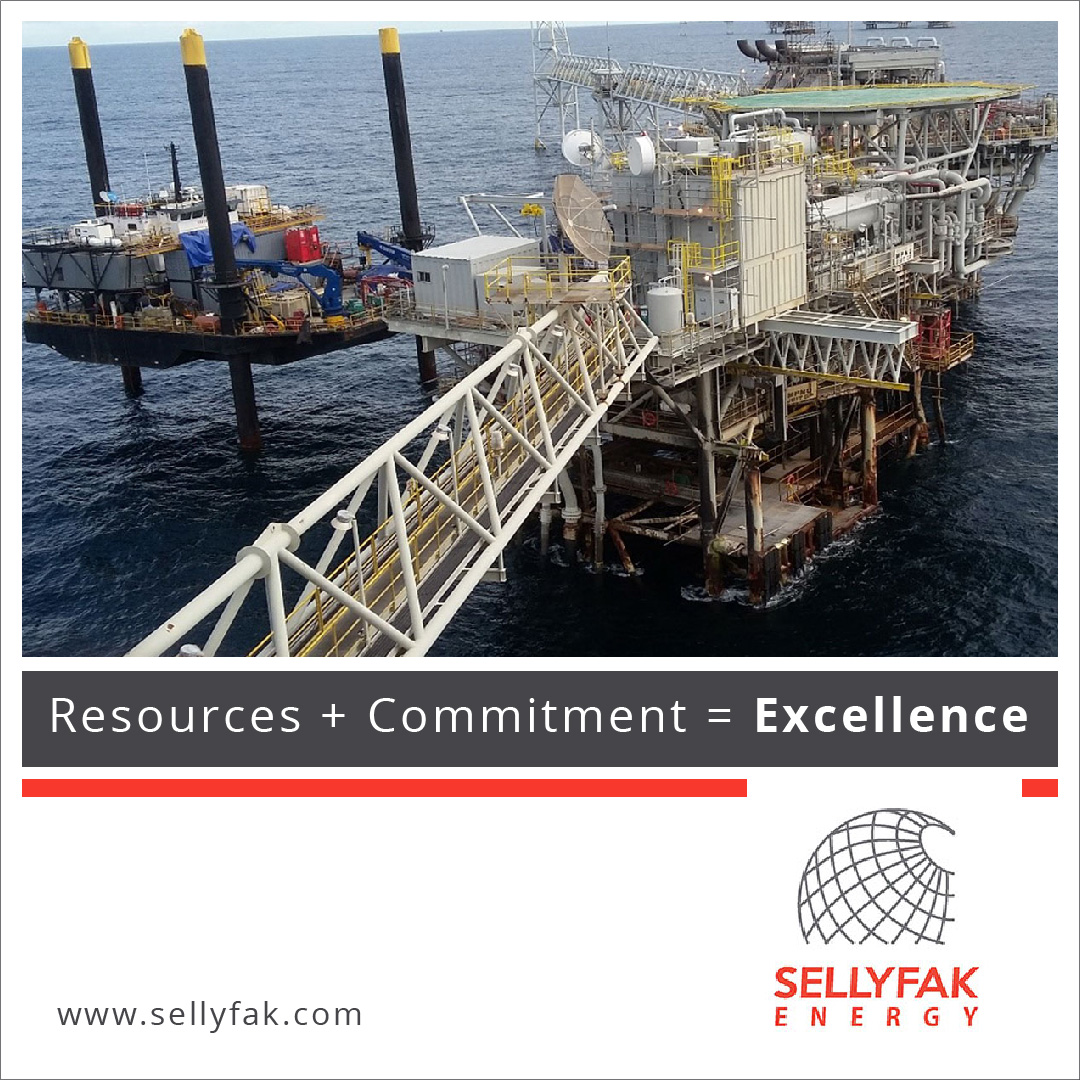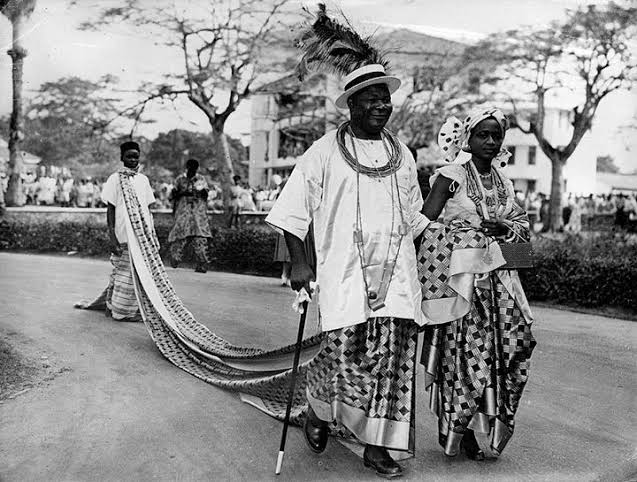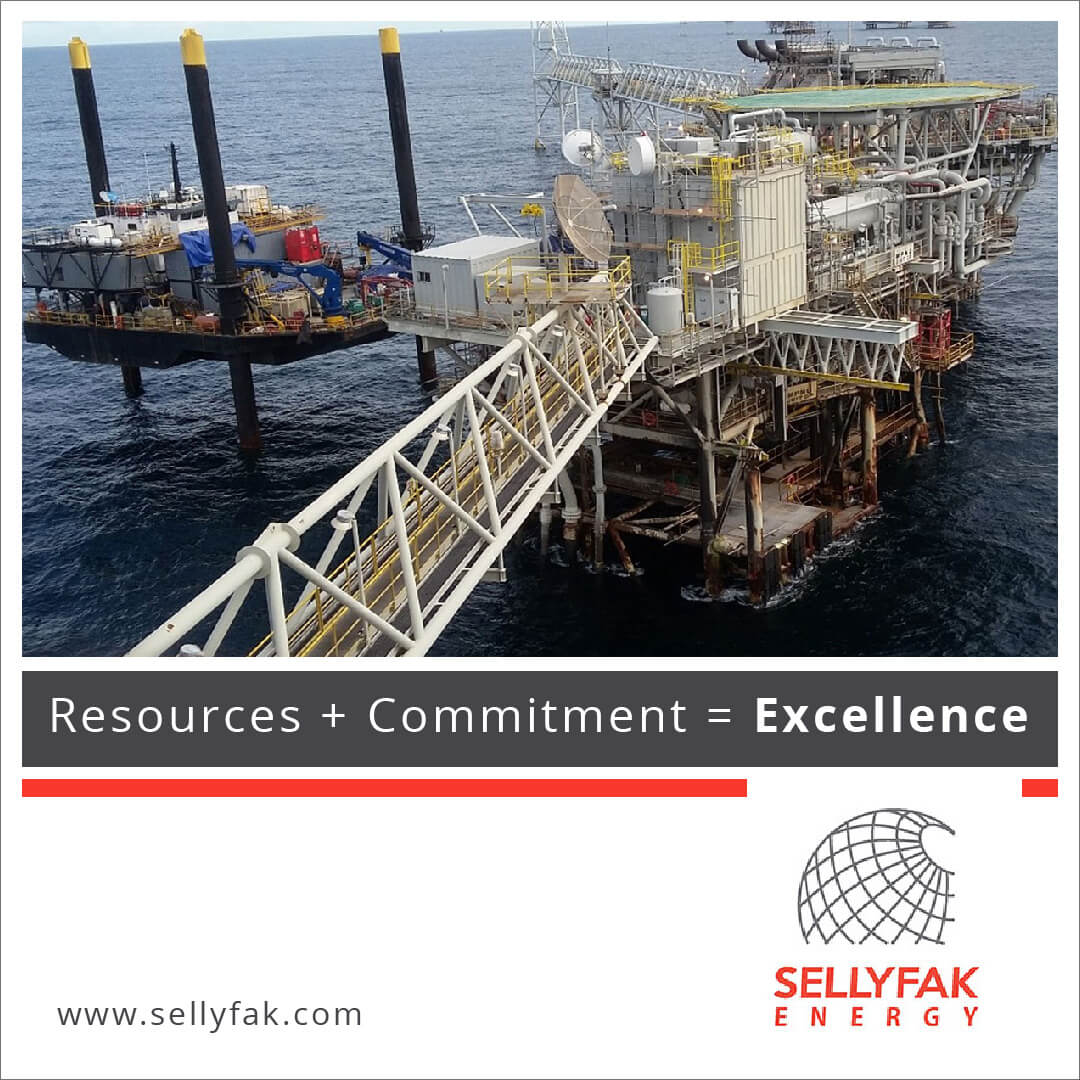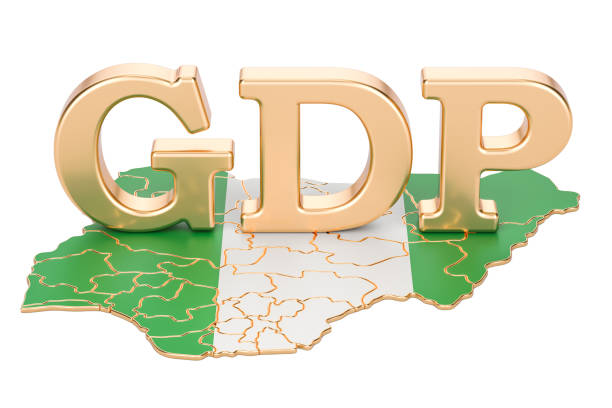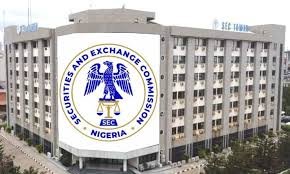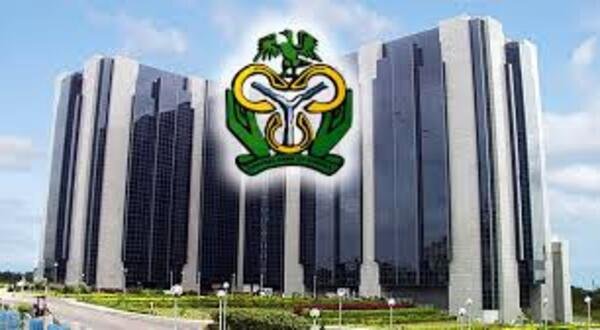The Africa Finance Corporation (AFC) has emphasized the urgent need for the continent to tap into the $4 trillion it holds in domestic capital to drive sustainable development.
This call was made in its newly released State of Africa’s Infrastructure Report 2025, which provides a comprehensive assessment of Africa’s investible capital base, including institutional assets (pension funds, insurance, and sovereign wealth funds), commercial bank assets, and foreign currency reserves.
Untapped Domestic Resources
The report highlights the vast, underutilized domestic financial resources that could significantly support Africa’s development. Drawing lessons from Asia’s structural transformation, it emphasizes the importance of high domestic savings, coordinated long-term planning, and robust financial institutions to channel national capital into infrastructure, industry, and productivity-enhancing investments.
Also Read:
- AFC receives USD100m credit line from India Exim bank
- AFC Raises $500 Million for African Infrastructure Projects with Cheaper Eurobond
- AFC Dominates at the Global Banking & Markets Africa Awards 2025, Taking Home Six…
- Africa’s $4.1 Trillion Opportunity: AFC Infrastructure Report Urges Shift from Aid to…
Under-Leveraged Banking Sector
Africa’s banking system, despite holding approximately $2.5 trillion in assets, remains under-leveraged. The sector lacks the depth and capacity to finance long-term development projects, presenting a major constraint to infrastructure and industrial growth.
Unlocking Institutional Investment
Institutional investors also represent a largely untapped source of development finance. Of the over $777 billion in assets under management by pension funds and insurance companies across the continent, a significant portion remains invested in short-term, low-risk instruments rather than long-term, capital-intensive ventures.
Similarly, public development banks and sovereign wealth funds, managing around $400 billion collectively, are often underutilized due to fragmented mandates and weak alignment with national development goals.
Capital Market Reforms Needed
Africa’s capital markets remain shallow and fragmented, limiting their ability to pool and allocate domestic savings at scale. The report calls for greater regulatory harmonization, cross-border listings, and operationalization of regional platforms such as the African Securities Exchanges Association (ASEA) and the African Exchanges Linkage Project (AELP). A deeper and more integrated capital market system is deemed critical to mobilize long-term finance.
Promising Emerging Models
Emerging models such as the expanding role of Caisses de Dépôts in the CFA franc zone offer promising frameworks for mobilizing domestic savings through mission-driven financial intermediaries tailored to local contexts.
Additionally, foreign remittances to Africa reached $95 billion in 2024, representing a growing and stable source of external finance. However, they remain largely underutilized as a source of investment capital.
Addressing the Informal Sector
In many African countries, the informal sector accounts for up to 90% of employment and 40% of GDP, placing large portions of income and economic activity outside the formal financial system. This exclusion limits taxation, savings, and investment.
The report stresses that expanding financial inclusion and scaling digital public infrastructure are vital to integrating the informal sector, thereby expanding the pool of investible capital and supporting inclusive growth.
Signs of Reform
Despite the challenges, momentum for reform is building. In countries like Nigeria and Namibia, regulatory changes are beginning to align domestic savings with infrastructure and industrial investments. Similar initiatives are underway in South Africa and Kenya, offering hope for broader regional adoption.



